
Co-production, Collaboration and Quality Improvement: How the BLMK (Bedfordshire, Luton and Milton Keynes) Learning Disability and Autism Strategy was Created
4th August 2023
by Kaysie Conroy (Senior Commissioning Manager – Learning Disabilities and Autism, BLMK), Michelle Millard (Commissioner – Learning Disabilities and Autism) and Lorna Darknell (Improvement Advisor for BLMK Inequalities Programme who supported the work, part of the ELFT QI Team).
Introduction
The introduction of the Health and Care Act (2022) has brought meaningful change to how the NHS works with system partners, leading to the formation of Integrated Care Systems (ICSs). This legislation requires the NHS to look beyond its own organisational boundaries, and focus on system-wide objectives that aim to improve outcomes for the local population and reduce inequalities.
Here we tell the story of how the BLMK Learning Disabilities and Autism (LDA) strategy has been created, reflecting these new ways of working. It acts as a case study for using a QI approach, following the sequence below (adapted from the IHI triple aim framework for population health) to develop a strategy on a page.
We also share the personal reflections from this journey from Kaysie Conroy (Senior Commissioning Manager – Learning Disabilities and Autism, BLMK), Michelle Millard (Commissioner – Learning Disabilities and Autism) and Lorna Darknell (Improvement Advisor for BLMK Inequalities Programme who supported the work, part of the ELFT QI Team).
Kaysie: I wanted to ensure that this strategy was developed with local people and system partners, supported by the learning and emerging themes from the ‘Learning from Lives and Deaths programme’ (LeDeR) and further supported with local data and intelligence. I had heard of the QI approach although had not used this method to develop a strategy.
Step 1: Choose a Population Segment
In the early steering group meetings, workshops were held focusing on steps 1-3 of the sequence. The steering group already knew they would be focusing on the population of people who had Learning Disabilities and/or were Autistic in BLMK, but step one helped people to additionally think about any subgroups within this population that may require additional focus.
Kaysie: The contribution into this section was lively, I felt more people added their views and I think this was down to having the opportunity to use a jam board to capture people’s thoughts anonymously. What followed was an engaging and interactive session and by introducing new partners, for example commissioners from planned & specialist care, we heard a different perspective that challenged us to think differently.
This section could continue to be used when considering ‘at Place’[1] priorities and when we think about each area and the demographics.
[1] In the context of ICSs, ‘place’ refers to a smaller geographic footprint within a system which often aligns with a local authority area or patient flows for acute care. In the case of BLMK, there are four Places: Bedfordshire, Central Bedfordshire, Luton and Milton Keynes.]
Step 2: Identify Assets and Needs
Needs are typically defined as problems or barriers experienced by the population that need to be resolved, while assets are the resources or opportunities that individuals and communities have available to them, which can positively impact upon health and wellbeing. To get a good understanding of the LDA population group in BLMK, we collected data on the needs and assets of this population through following a process called a three-part data review.
For the first step, qualitative and quantitative data already available was reviewed. This included national and local population health data, for example from the LeDeR report. The graphs below show disparities in cancer screening for people on the LD register in BLMK compared to the all those eligible.
The second step of the three-part data review was to ask people who work closely with the population what they thought the assets and needs of LDA in BLMK were. You can see the key themes in the red boxes below.
The third, and most important step of the three-part data review was to ask the population themselves what they thought. To do this, three focus groups were held with people with Learning Disabilities, Autistic people, and their carers and families: one in Bedford, one in Luton, and the third in Milton Keynes.
Many important findings emerged from these engagement sessions, including reasonable adjustments to enable better access to primary care being highlighted as a ‘need’:
“I go to the Walnut Surgery and need to go twice a month. I struggle with the automated phone system. There are too many options. I forget which one I need. It’s a struggle to get an appointment.”
There were some champion dentists and dental practices highlighted as ‘assets’:
“My dentist is at Eaglestone which is part of the hospital at Milton Keynes. The staff always have a chat with me. They let me bring in a CD of relaxing music which is what I need.”
Along with these other key themes, there were also powerful stories shared by people:
Step 3: Create a governance structure
The steering group leading on the strategy formed a key component of the governance structure for this work, but the group also discussed other stakeholders might be missing and could be involved.
Michelle: Some of BLMKs charity organisations were already involved in this work […] Actively considering which other groups also needed to help influence the strategy led to a conversation with the ICBs Voluntary, Community and Social Enterprises (VCSEs) Lead […] We held a bespoke session with them. Their contribution was invaluable […] and it reinforced the strategy framework and content, enabling some key additions and clarifications.
Step 4 – Develop a Purpose and Change Theory
At this stage, a collective purpose statement and a draft theory of change was captured, in driver diagram format. (this is still being refined, so there may be further changes).
Kaysie: During the engagement sessions with local people, we captured what people told us was important to them and used a quote from someone to develop the purpose statement. It felt more meaningful to use the comments from local people to develop the purpose statement rather than commissioners as the strategy is designed to improve the outcomes for people locally.
Step 5: Develop a Measurement Plan
At this step we thought about the key outcome, process and balancing measures we would need to use to track the progress of the strategy over time. Some of the key measures being considered are:
Kaysie: We looked at the performance we were already collecting and reporting on to avoid duplication, we then considered what were the gaps and areas we would like to measure going forward that was relevant, proportionate and meaningful to the work we are doing. We will continue to review the reporting measures during the life of the strategy.
Looking to the future – Step 6: Start Testing Changes
The Learning Disabilities and Autism strategy is in the process of being finalised and will appear on the BLMK website soon. There are also plans to create an easy-read version of the strategy. The team look forward to moving fully into the final phase of testing change ideas to see what leads to improvement.
Kaysie: I was surprised at how the QI process complemented the build of the strategy and how it came together to produce a meaningful document. Initially I was concerned that this would be difficult to deliver, however on reflection, I can honestly say that using the QI method enabled us to continually ask ourselves if the strategy still reflected what people are saying and gave us the opportunity to change, amend and update all the way throughout this process. What we started with is not what we have finished with, and I am keen to show people the outcome of their contribution in developing this with us. I think starting with a blank sheet of paper really helped us to fully co-produce the strategy and having the ability to shape and change this to reflect the ongoing conversation with local people and partners was beneficial. I feel that this strategy is owned by local people and ICS (Integrated Care System) across BLMK.
Lorna: It has been an amazing experience to show how QI can be a useful framework for creating strategies that will make health fairer. The success of the strategy will be a testament to the team’s commitment to meaningful coproduction.
Most Read Stories
-
Why is Quality Control important?
18th July 2018
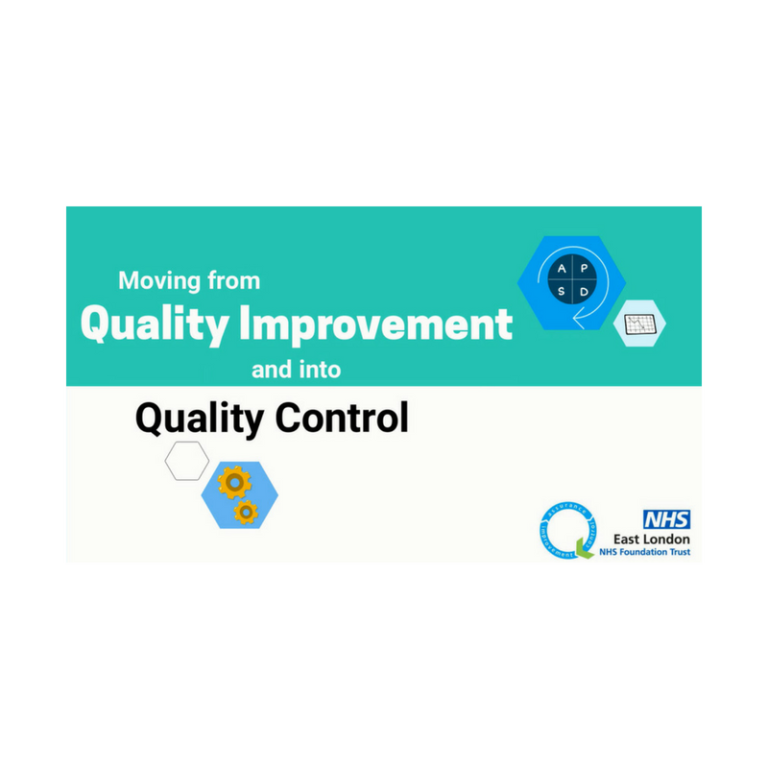
-
An Illustrated Guide to Quality Improvement
20th May 2019
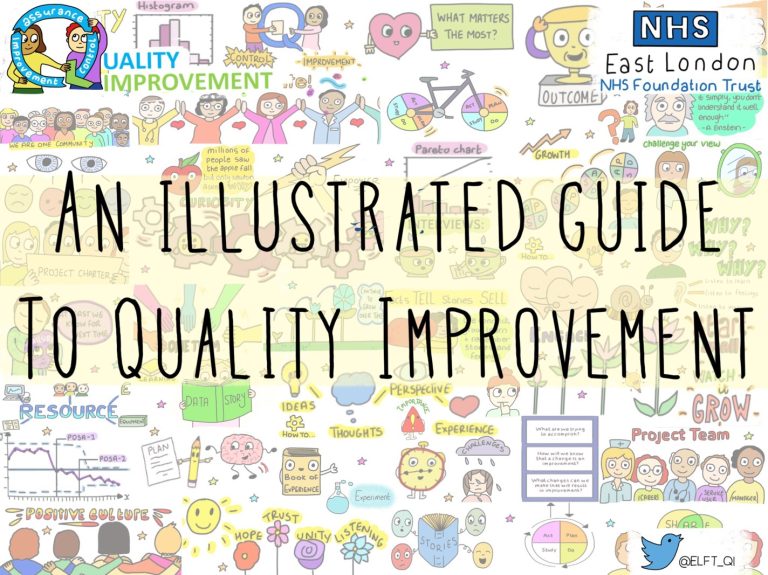
-
2016 QI Conference Poster Presentations
22nd March 2016
-
Recognising Racism: Using QI to Help Take Action
21st January 2021
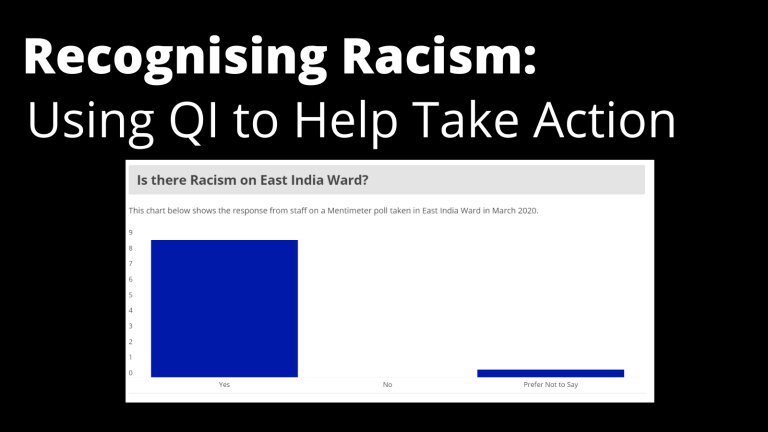
-
Using data enabled us to understand our problem
31st March 2023
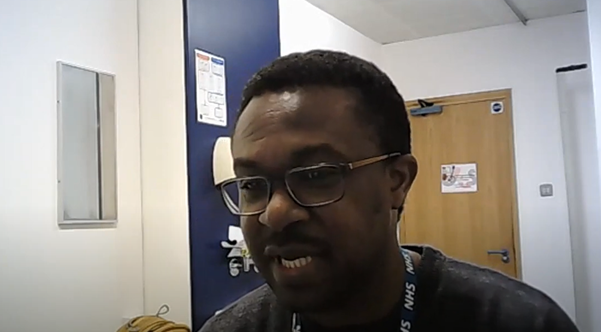
-
QI Essentials: What does a Chief Quality Officer do?
18th March 2019

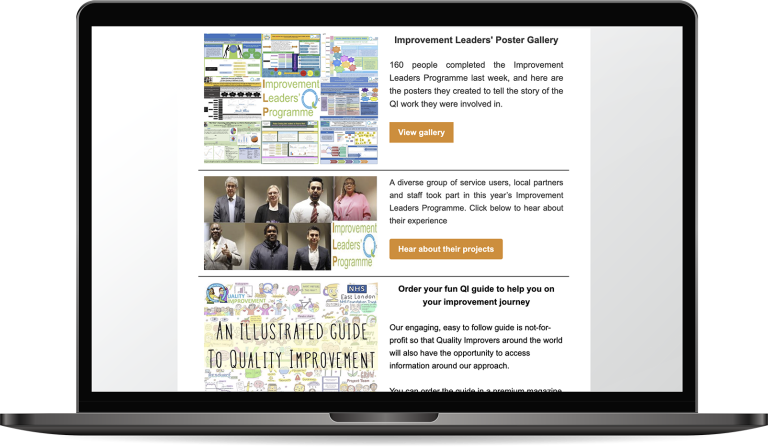
Follow QI on social media
To keep up to date on the latest concerning QI at ELFT, follow us on our socials.












